Zack Snyder’s Justice League: Director’s Cult, by Tyler Smith

The director’s cut has long been a source of comfort for film fans. Rooted in the idea of a movie’s director being its primary author, a director’s cut is an opportunity for a filmmaker – likely stymied by a short-sighted studio – to finally realize his true vision. Several notable films have received a director’s cut, from Touch of Evil to Blade Runner to the Lord of the Rings trilogy. For many, these updated editions are viewed with reverence; an affirmation of the director’s intentions and a repudiation of studio meddling.
And while most, if not all, film fans will embrace any chance for a director to be truer to himself than previously allowed, the final results aren’t always an improvement. A director’s cut will only ever be as effective as the director’s self-discipline. While the director’s cut of James Cameron’s Aliens does fill in its protagonist’s background and motivations, it also spends far too much time making things plain that previously – and terrifyingly – only existed in the audience’s mind. And the less said about George Lucas’ constant tinkering with the original Star Wars trilogy, the better.
Which brings us to Zack Snyder’s Justice League, a film birthed out of audience awareness of the behind-the-scenes turmoil of the lackluster 2017 release. It seems increasingly feasible that the studio took full advantage of a family tragedy that removed Snyder from the project to move the film in a different direction; one with a less operatic tone and more glib one-liners (courtesy of Avengers director Joss Whedon). With Snyder himself hinting at his own disappointment with the final product, “Release the Snyder Cut” became a common refrain amongst DC fans on social media. It seemed unlikely that viewers would ever get to see Snyder’s original vision for the film, but in the ever-increasing need for more streaming content, HBO Max and Warner Brothers were able to make this fantasy a reality. Unfortunately, the resulting four-hour film contains all of Snyder’s usual artistic weaknesses, each inflated to epic size by a director who obviously felt justified in indulging every possible creative whim.
While this film certainly improves on the overly-rushed feeling of the theatrical cut (at twice the length, how could it not?), the story itself still feels like a generic patchwork. Galactic heavy Steppenwolf (an underutilized Ciaran Hinds) seeks to destroy the Earth in an attempt to get in the good graces of Darkseid, a godlike entity of unlimited evil ambition. Anticipating this cosmic threat, Bruce Wayne (Ben Affleck) assembles a team of superpowered misfits, including Wonder Woman (Gal Gadot), Aquaman (Jason Momoa), Cyborg (Ray Fisher), and The Flash (Ezra Miller). As our heroes combat Steppenwolf, they soon realize that they are outmatched and attempt to resurrect Superman (Henry Cavill) to help them.
With a free hand to explore our characters’ backstories, all Snyder really succeeds in doing is more overtly incorporating aspects of other movies, from Lord of the Rings to Transformers. Of course, superhero movies are rarely noted for their originality, but Snyder brings such an overwhelming sense of self-importance to it all that one can’t help but wonder if he genuinely thinks that he’s the first one to cover this ground. The idea that other films have so thoroughly explored many of the same themes and character types as Justice League – and often in a much more satisfying way – doesn’t seem to occur to Snyder, who consequently feels no need to bring anything new to the genre.
One unexpected choice that Snyder makes, however, is the decision to present the film in a 4:3 aspect ratio. This is perhaps to emphasize the towering nature of these characters, focusing on the vertical more than the horizontal. To do so in the modern age is always a bold choice, but it requires a firm handle on composition. Films like First Reformed and The Lighthouse have utilized the Academy Ratio (which is 1.37:1) beautifully, with very purposeful placement and framing. While Snyder can be applauded for taking a visual risk, he isn’t quite up to the task of adapting his visual style to this new ratio. Too often it feels like the sides are merely cut off and we were meant to see more than is being presented to us.
This isn’t to say that this expanded cut contains no redeeming elements. The extended runtime allows Snyder the opportunity to really draw out his action sequences, exploring every nook and cranny of potential excitement. Perhaps the best example of this is Wonder Woman’s Amazonian sisters attempt to keep a “Mother Box” out of Steppenwolf’s clutches. While the viewer may instinctively understand that this effort is inherently ill-fated – narratively, if nothing else – the characters themselves don’t have that luxury and their increasing desperation really comes through as our villain gets closer and closer to his prize. The sequence is often exhilarating, as is the League’s first skirmish with Steppenwolf and his minions. We see these individuals slowly learn to work together as a real team, each beginning to compliment the others’ abilities with their own. While much has been said – positively and negatively – about Zack Snyder’s virtuosic action style, he can never be accused of holding back. And while his instincts can become a bit repetitive, his total commitment is something to be admired.
The cast is uniformly reliable. Affleck’s Batman remains intriguing, as his world-weariness is punctuated with a desperation that borders on madness. Fisher exudes a deep bitterness as Cyborg, a former football star resurrected by his scientist father. And Miller brings a much-needed lightness to The Flash, whose enthusiasm for his new team affiliation hints at the idea that, yes, this is a genre that could elsewhere be considered “fun”.
In the end, though, this director’s cut isn’t much of an improvement over the compromised theatrical version. Both feature a strong cast and solid action serving a bland, forgettable story. Certainly, it is always a good thing when a director is able to fully realize his original vision, if for no other reason than to end the constant speculation about what might have been. In the case of Zack Snyder’s Justice League, we no longer need to speculate. We now know for certain that what was originally intended was a well-meaning but bloated, indulgent, oblivious exercise in genre, dressed up as a prestige epic.

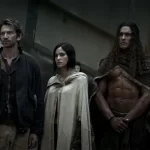



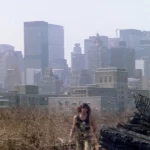

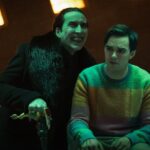
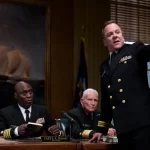



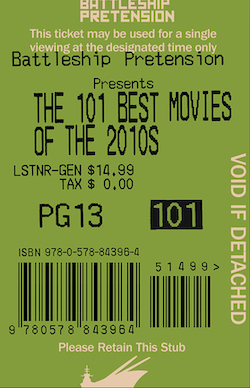

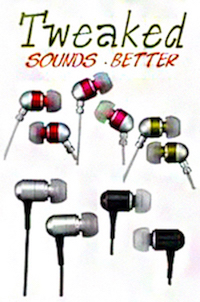
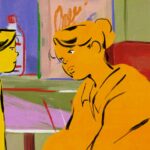
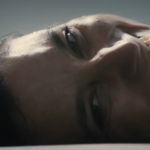




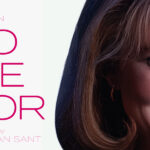

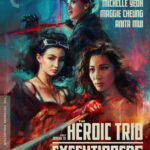

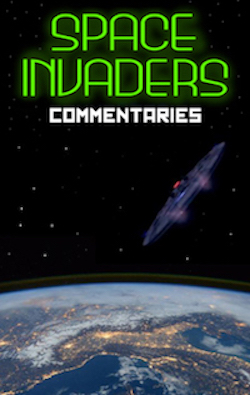
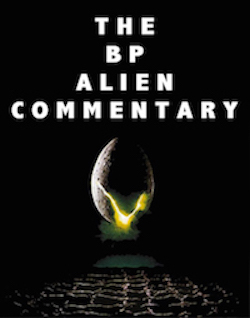
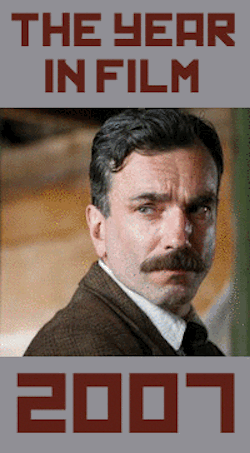
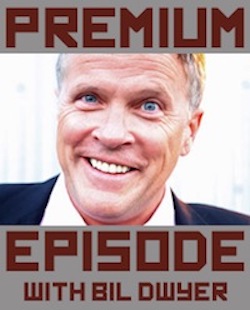

“In the end, though, this director’s cut isn’t much of an improvement over the compromised theatrical version. Both feature a strong cast and solid action serving a bland, forgettable story…”
Boy are you full of BS lmfao
The movie will make us connected with Victor Stone and Clark Kent very deeply. I felt goosebumps and even got a bit emotional at a few points. It’s a must watch for all superhero movie lovers. The release of this movie read about on PortalulTauTV.net is revolutionary and hats off to Zack Snyder. Now I’m eagerly waiting for the Synderverse to be restored.
why this is a good movie. You rated rotten tomatoes rotten. please give a fresh value. please do only this work please